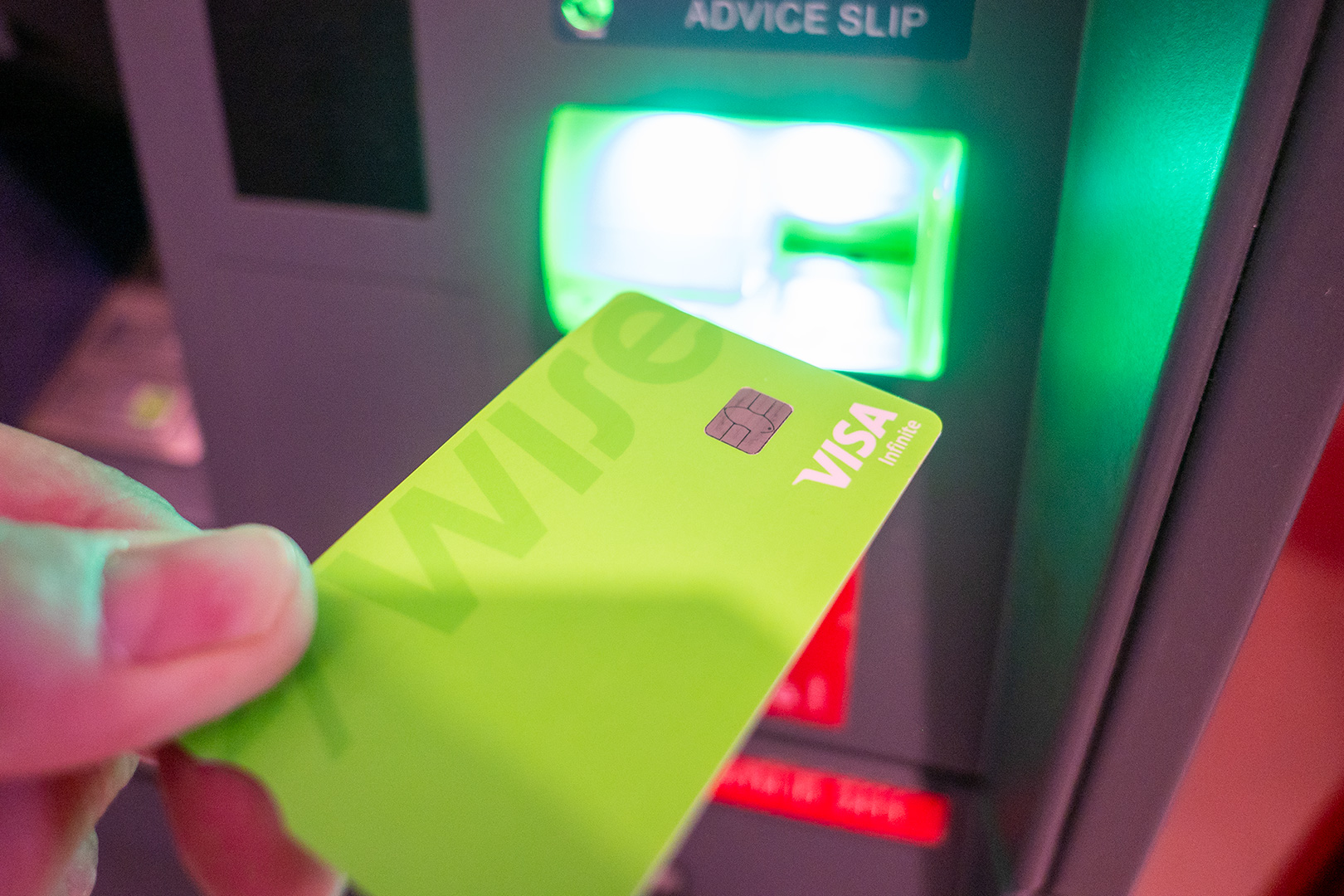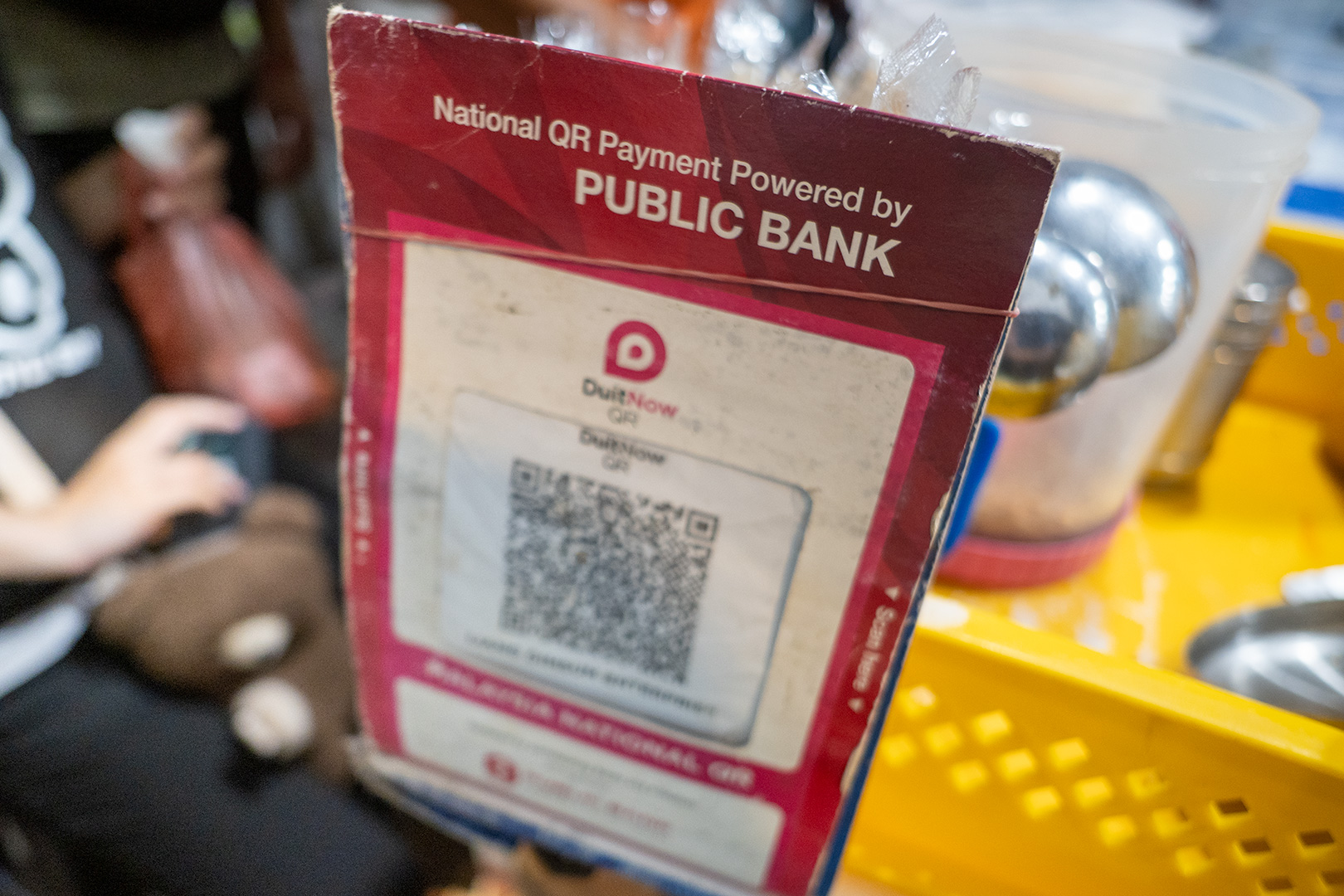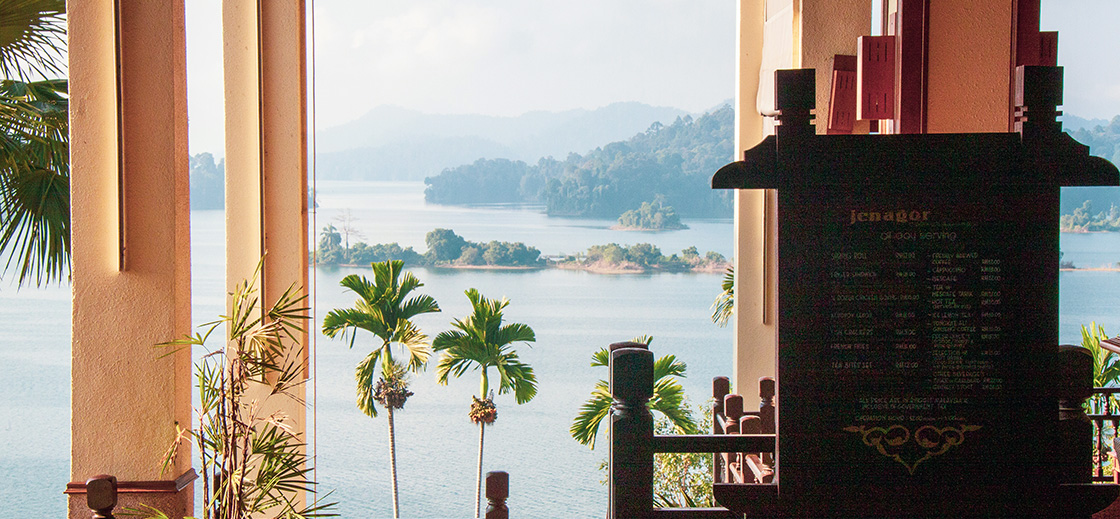Malaysia is moving fast toward a cashless future. The country wants to become a cashless society by 2030, and many people have already switched from cash to digital options. After the pandemic, Malaysia became Southeast Asia’s second leading country for cashless payments adoption.
The Digital Payment Revolution
The value of electronic money transactions in Malaysia exceeded 100 billion Malaysian ringgit in 2023. This massive growth proves Malaysians want new payment technologies.
Many online services now accept these modern payment options. For instance, online casinos available in Malaysia support multiple payment methods for fast and secure transactions that match user preferences.
1. A2A Payments
Account-to-Account (A2A) payments rank as the most popular alternative method in Malaysia. These work on real-time payment systems, which changed how money moves in the country. Many Malaysians pick A2A payments because the money goes straight from one bank account to another without extra steps.
2. Digital Wallets
Digital wallets take second place among payment options in Malaysia. Three options stand out from the rest:
- Touch ‘n Go: First introduced as a contactless payment card in 1997 for toll booths and public transport, Touch ‘n Go now works for almost everything from parking to online shopping. It stands as the most popular wallet in Malaysia.
- GrabPay: As the second most popular wallet in Malaysia, Grab has millions of users. Thousands of shops accept GrabPay across Malaysia. Users pay by typing their phone number and a one-time code.
- Boost: This wallet needs a top-up first. Then users can pay bills, transfer money to friends, pay for transport, or shop online. Many stores accept Boost, from health and beauty shops to food places and gas stations.
3. Credit Cards

Credit cards maintain their place among the top payment methods for online shopping in Malaysia. While cards fall behind digital wallets and A2A payments as most Malaysians pick newer ways to pay, they remain a standard option for many shoppers who prefer the security and rewards that come with card payments.
4. Online Banking
Malaysia Online Banking gives shoppers access to a list of local banks. Many people in Malaysia use this system to pay for things online.
The main banks in Malaysia include Maybank, CIMB, Public Bank Berhad, RHB Bank, and AmBank. These banks support both traditional and new payment types.
5. QR Code Payments

QR code payments grew fast in Malaysia, with usage rising significantly from one year to the next. This jump shows how much Malaysians want quick and easy ways to pay.
Shops like QR codes because they cost little to set up. Shoppers like them because payments finish in seconds with just a phone scan.
The Rise of Buy Now, Pay Later
Buy Now, Pay Later plans gain fans in Malaysia, with transaction volumes growing year by year. This option lets people split their purchase into smaller payments without interest.
Many young shoppers pick BNPL when they want something now but prefer to pay for it over time. Shops partner with BNPL companies to offer this choice at checkout.
Cross-Border Shopping Habits
Cross-border spending makes up a substantial portion of all online sales in Malaysia. Many Malaysian shoppers buy from overseas sellers. This shows that Malaysians shop globally, not just locally.
For shops that want to sell to Malaysia from other countries, this means big chances to grow. But these shops must offer the payment types that Malaysians use most.
What This Means for Businesses
Businesses that want to sell in Malaysia need to know which payment types work best. Shops that offer the right mix of payment options will:
- Stop shoppers from leaving without buying
- Turn more visitors into customers
- Build trust with Malaysian shoppers
- Do well in the fast-growing digital market
With Touch n’ Go standing as the most popular digital wallet and other digital payment methods gaining popularity, businesses cannot afford to ignore these payment trends if they want to succeed in the Malaysian market.




